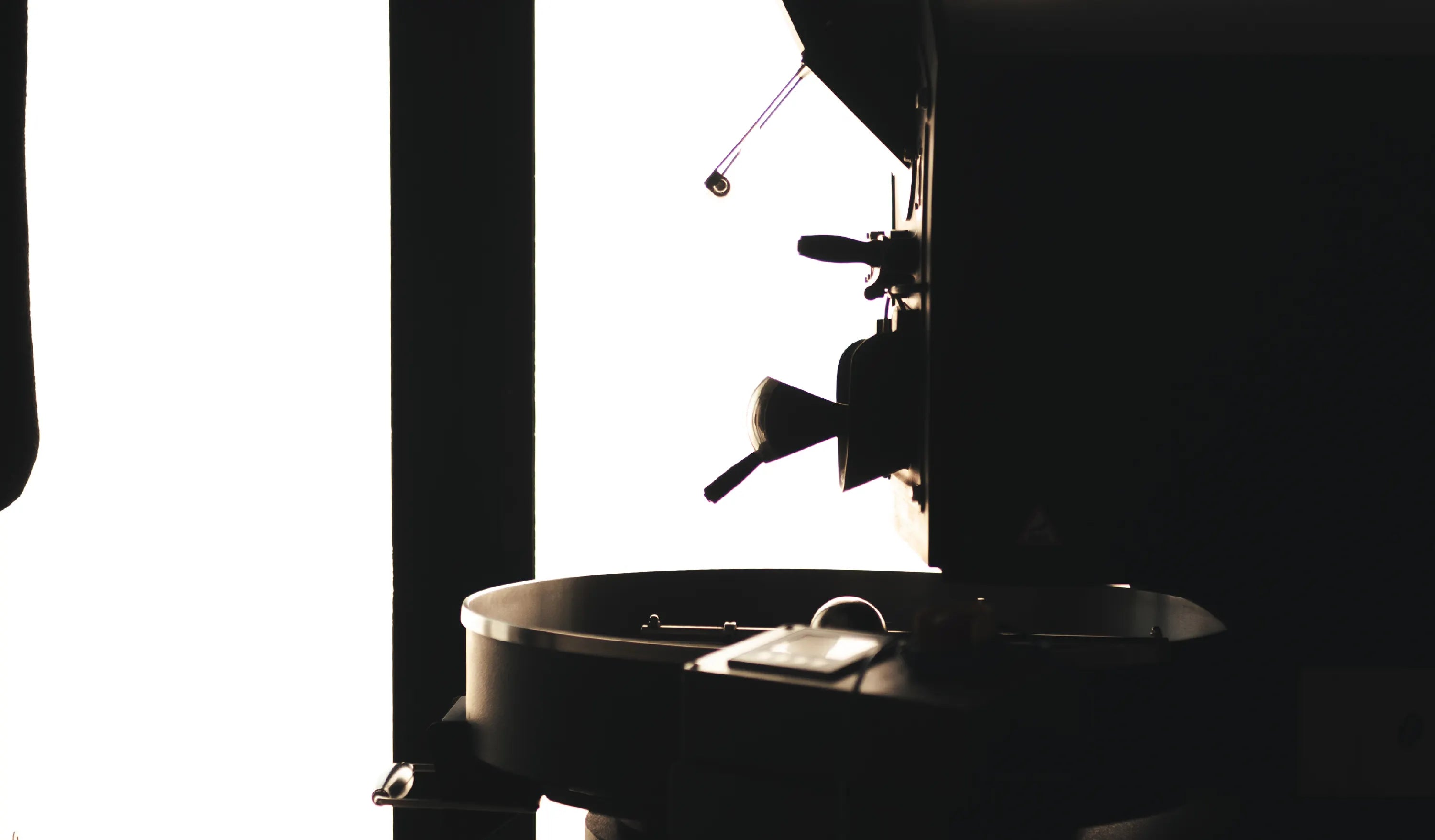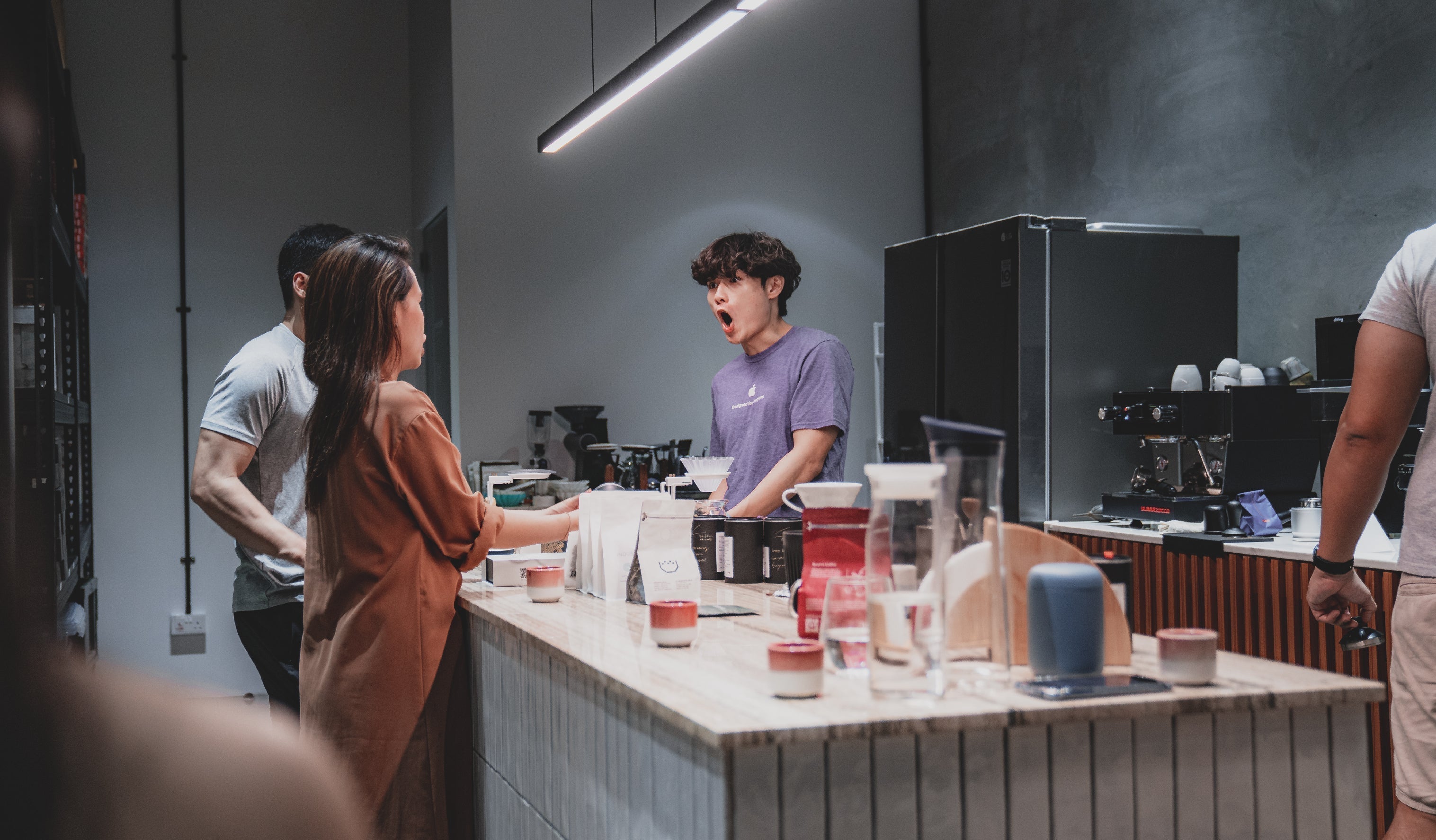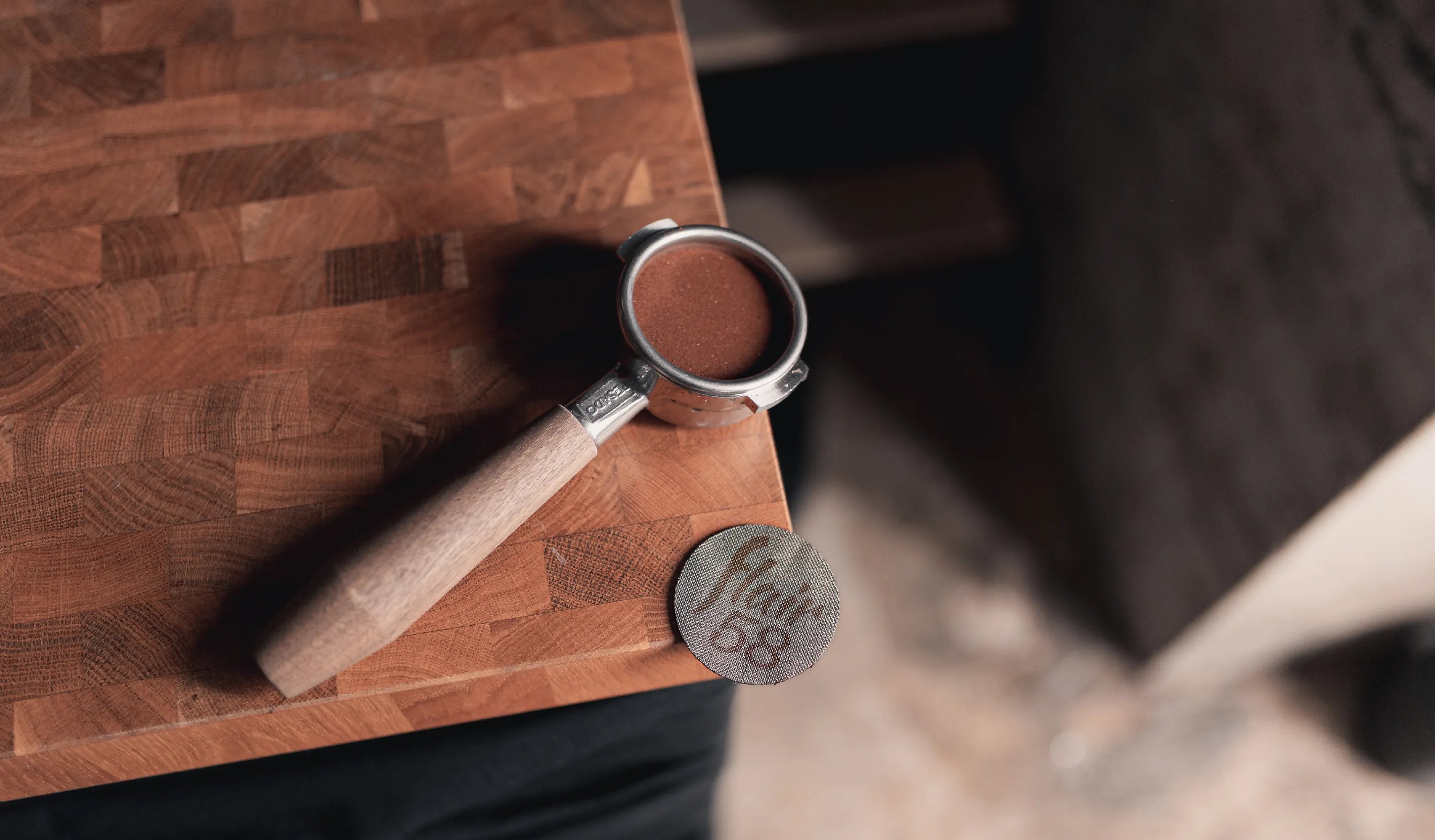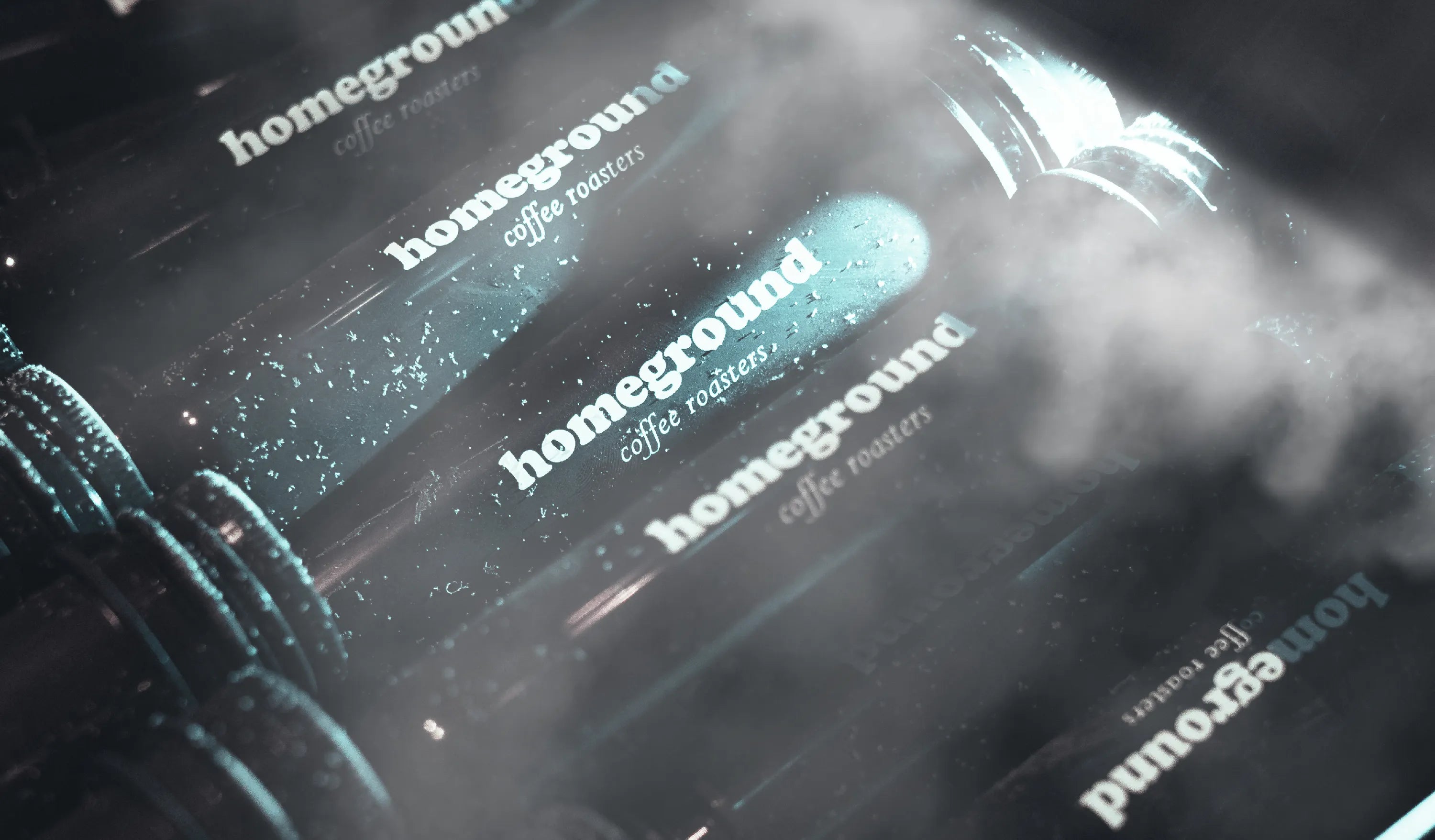It is a fact that coffee cannot be kept forever. In its roasted state, coffee beans lose their flavour over time, as flavour compounds present in the coffee bean undergo oxidation while being exposed to the air.
In an attempt to preserve the flavours of roasted coffee, the technique of freezing coffee to slow flavour loss has become something of a common practice over the last few years, as the knowledge of applied sciences in coffee continues to develop.
Here today, we are going into the science behind frozen coffee and some practical protocols to apply coffee freezing to your coffees at home.
1. Benefits of frozen coffee
Coffee beans can retain their flavours for much longer when frozen compared to at room temperature. The logic behind this stems from the Arrhenius equation, which links changes in temperature with reaction rates. From this, an empirical rule-of-thumb that we can apply is that reaction rates are likely to double with a 10°C increase in temperature.
Thus, moving from room temperatures of about 25°C, to a typical freezer temperature of -18°C, we can estimate the reaction rates to slow down by approximately 20 times for frozen coffee beans.
However, in the case of coffee beans, this estimation can vary quite widely on the back of various differences, including water activity (aw) levels in the roasted coffee (Mancozo and Nicoli, 2007), packaging techniques (Marin et al., 2008), and fluctuations in baseline reaction rates from level of roast and extent of degassing (days from roast) at which the coffee is frozen (Smrke et al, 2017).
Reaction rates aside, freezing coffee has alternative advantages when it comes to grinding. At the same grind settings, grinding colder coffee beans creates beans with a more uniform particle distribution at a decreased particle size (Uman, Colonna-Dashwood et al., 2016).
2. Implementing frozen coffee
The popularity of freezing coffee can be attributed to the simplicity of implementing this technique across coffee brewing bars, even for straightforward ones like those in our home. To freeze coffees, one simply requires airtight containers to store the coffee beans, and spare space in your freezer. Two popular packaging types often used for freezing coffee are centrifugal tubes, and vacuum sealing bags.
Using centrifugal tubes to store coffees is a simple and highly affordable option to freeze coffee beans. These tubes can be bought online at less than a dollar a piece, with options for acrylic stands that allow for neat storage of the tubes.
The common cooking technique of vacuum sealing can also be used to store frozen coffee beans. While slightly less affordable due to the cost of a vacuum sealer, vacuum sealing offers the additional benefit of removing any air from within, preventing any potential condensation of water inside the packaging (more on that below).
If your freezer also has frozen produce that may potentially impart odours to the coffee, an airtight Ziploc bag, or wrapping your container tightly with cling wrap, before placing it in the freezer can help to prevent the coffee from absorbing these undesired odours – they will present themselves in the cup when brewed!
3. Brewing of frozen coffee
When it finally comes down to the brewing of the coffee, it may come as a surprise to some, but brewing of frozen coffee is almost no different from brewing a normal cup of coffee.
One can keep most brewing variables consistent as they would with brewing a normal cup of the coffee kept at room temperatures, with one exception: you can increase the grind size you would use to brew this coffee, due to the decreased particle sizes of ground frozen coffee beans at the same grind setting.
Certain brewing recommendations call for frozen coffees to be defrosted before they are brewed. Yet, leaving coffees out in the open to bring the beans to room temperature may actually introduce more variables to the brewing process – such as the rate of defrosting (which is highly dependent on the room conditions), as well as the potential risk of condensation where water forms on the inside of the container.
Condensation occurs when moisture in the air is trapped together with the frozen coffee when first sealed. If the air during sealing is moderately humid, it is likely that some of the water vapour will condense on the inside of the container and come into contact within the coffee beans during the defrosting process – especially in the case of centrifugal tubes.
In a nutshell, freezing coffee can benefit coffee brewing in two main areas: reducing the oxidative loss of flavours in coffee and allowing it to be kept for longer, as well as an increased consistency in distribution of coffee grounds. Through our experience with freezing coffees, adopting this technique is a manageable process, even for home setups, and brewing is no different from as one would with normal coffees.
Some coffees just have that innate ability to warm our hearts, and when we do find such coffees, why not give it a try, and store it for the next rainy day?
Journal Archive

Milk in World Barista Competitions
An overview of milk concentration methods in coffee competition, focusing on freezing techniques that enhance milk's qualities for great coffee beverages.

How Coffee Cup Colours Affect Your Drinking Experience
Cross-modal perception of colours on the taste of coffee

Learning to enjoy more

Same Coffees Everywhere, All at Once
Why do local specialty coffee shops serve the same coffees?

A study of unexpected coffee production nations

A low down on using puck screens for espresso machines


